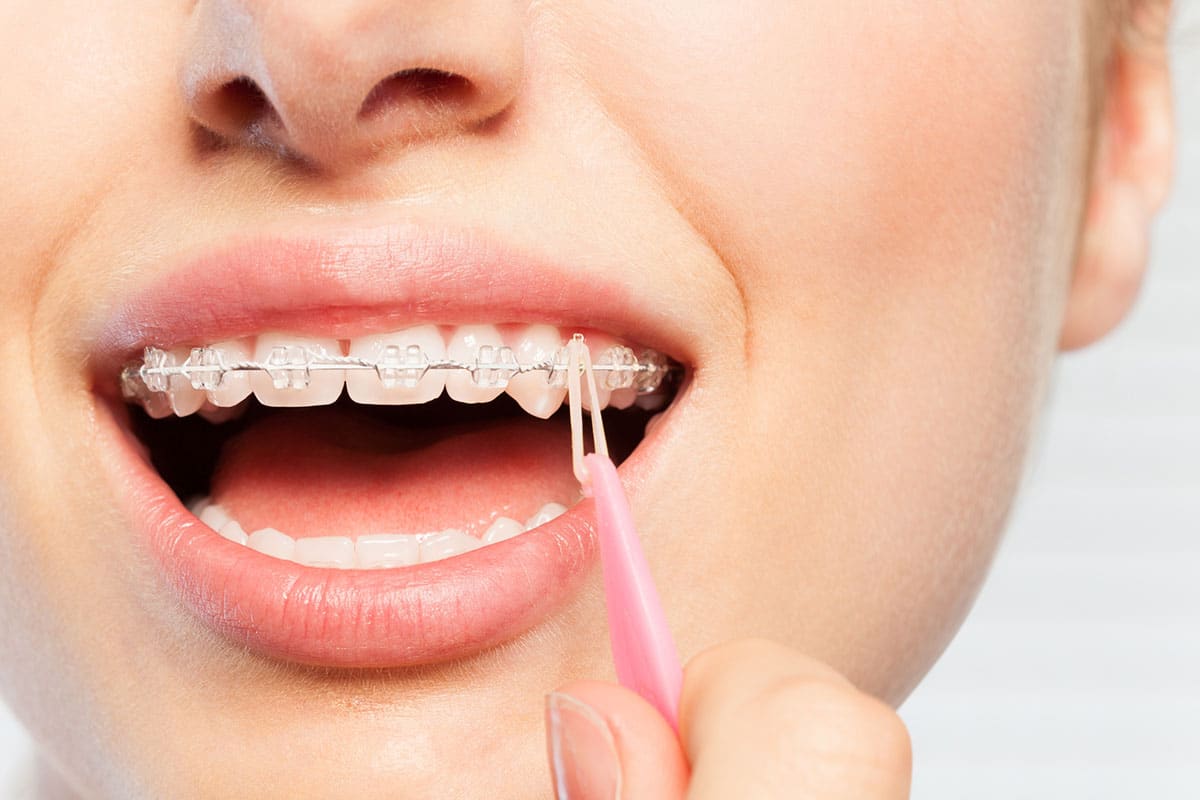
Many adults did not have the opportunity to change their smile early in life. They may have spent their lives feeling self-conscious about their teeth and want to make a change. Adult braces are an excellent choice for these patients.
In general, adult braces cost between $4,500 and $7,000 for the entire course of treatment. If you have dental insurance, you may be able to reduce your out-of-pocket cost if the policy offers coverage for orthodontics.
Benefits of Adult Braces
Prevent Gum and Bone Loss
Patients with a compromised dental bite may experience more gum and bone loss than patients without malocclusions.
Prevent Tooth Decay and Gum Disease
Straighter teeth are simpler to clean and lower the risk of harboring food particles and plaque that can cause gum disease and decay.
Protect Tooth Enamel and Surfaces
A poor dental bite produces uneven wear on tooth surfaces, causing premature enamel wear and a higher risk of broken or damaged teeth.
Lower Risk of TMJ Syndrome
An uneven dental bite may contribute to TMJ syndrome since it puts pressure on the jaw joints and muscles.
Patient Compliance
Adults know the value of braces and are more likely to comply with all aspects of their treatment. This factor means that adult treatment faces fewer setbacks and creates permanent results.
Good Candidates for Adult Braces
Patients who are good candidates for adult braces practice exceptional oral hygiene. They are willing to learn new ways to care for their teeth and to devote time to the task.
They have healthy gums and teeth, with no untreated issues like decay or gum disease. They take the treatment process seriously because they understand it is a commitment to improving their oral health.
How Adult Braces Work
Braces work by attaching metal bands, brackets, and wires to the teeth. The metal bands encircle the molars, providing an anchor for the archwire, which attaches to the brackets. When the orthodontist tightens the archwire, the teeth move gradually into new positions.
Types of Adult Braces
- Traditional Metal Braces: Efficient and cost-effective, traditional metal braces can be an excellent choice for adults. They can treat even the most severe alignment and bite issues.
- Self-Ligating Braces: Self-ligating or Damon braces eliminate the need for elastics. The brackets clip on the archwire, creating faster and more comfortable movement.
- Ceramic Braces: These braces have tooth-colored brackets, which make them less apparent when the patient smiles, making them attractive to older teens and adults.
- Same-Day Braces: Using advanced digital scanning, orthodontists can design and install braces on the same day.
The Braces Process
The first step in receiving braces is scheduling a consultation with an orthodontist. An orthodontic specialist will provide the best care and ensure permanent results as long as the patient complies with treatment recommendations.
Next, the doctor takes digital or physical impressions of the patient's bite. These impressions help the doctor plan the patient's tooth movements and perfectly fit the braces.
The orthodontist installs the braces at the next appointment. At each subsequent appointment, they will gradually tighten the archwire, producing tooth movement.
After approximately 18 months to three years, the braces will come off, and the patient will receive an orthodontic retainer. Compliance with retainer wear is one of the major determining factors in whether treatment will succeed.
Taking Proper Care of Your Braces
- Brush well at least three times a day, holding the brush at a 45-degree angle and brushing both the top and bottom of the appliances
- Floss using a floss threader and clean between the brackets and wires using an interproximal brush
- Avoid eating hard, sticky, or crunchy foods until the close of treatment to protect the braces
Frequently Asked Questions About Adult Braces
How old is too old for adult braces?
Even older adults can receive braces as long as they can comply with treatment requirements. There is no upper age limit for patients with healthy teeth and gums.
Are braces uncomfortable?
Getting used to braces can take a few weeks, but the oral tissues will quickly become accustomed to the wires and brackets. There may be some minor discomfort during and after adjustments, but it should respond well to over-the-counter anti-inflammatory medication.
